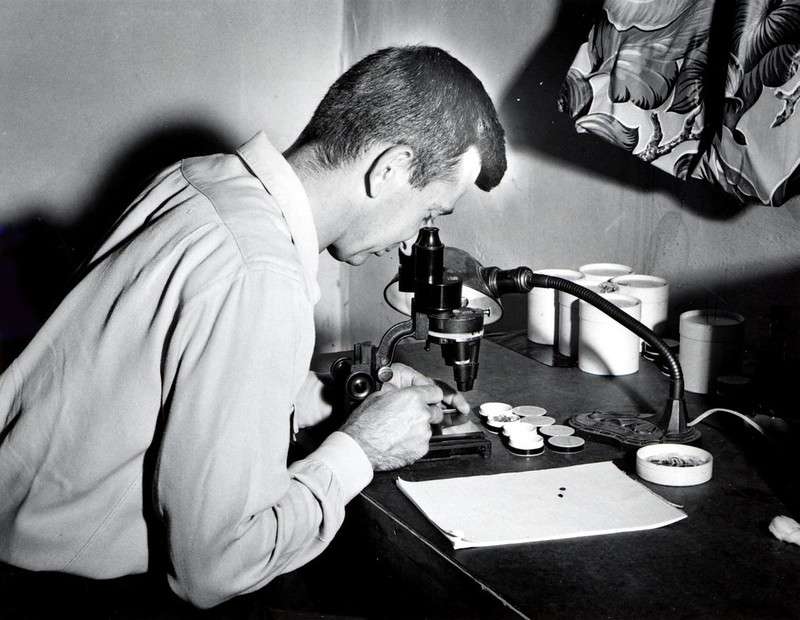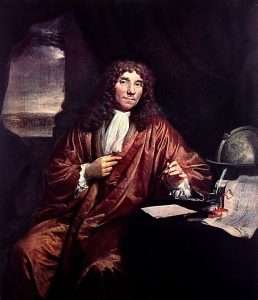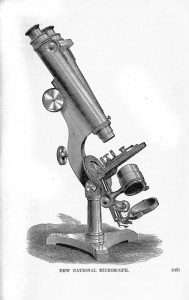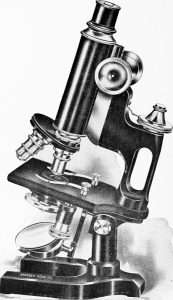Written by Microscopehunt Authority
.

Introduction to the Microscope
The history of the invention of the microscope is a fascinating journey that has transformed our understanding of the microscopic world. The microscope, a remarkable tool, began its journey in the late 16th century when Dutch spectacle makers Hans Lippershey and Zacharias Janssen experimented with combining lenses. They created the first compound microscope, allowing people to magnify small objects for the first time. This invention opened the door to a new realm of scientific exploration, enabling researchers to see details that were previously invisible.
.
Early Developments in Microscopy
Early microscopes used simple convex lenses, which are thicker in the middle than at the edges. These lenses bend light, allowing for magnification. The basic idea of using lenses to magnify objects sparked curiosity and led to further discoveries. In the late 1500s, Dutch eyeglass makers found that by placing two lenses in a tube, they could greatly enhance the size of small objects. This discovery laid the groundwork for more advanced microscopes.
.
Galileo’s Contributions
Galileo Galilei, the famous Italian scientist, played a key role in improving microscope design in the early 17th century. He created a compound microscope with better optical quality, providing clearer images. Galileo’s emphasis on observation and experimentation helped establish the scientific method, making his contributions vital to the development of microscopy. His contributions motivated future scientists to dig deeper into the microscopic world.
Antonie van Leeuwenhoek: The Father of Microscopy

One of the most significant advancements in microscopy came from Antonie van Leeuwenhoek, a Dutch scientist in the 17th century. He crafted single-lens microscopes that could achieve much higher magnifications than earlier models. Leeuwenhoek’s meticulous observations led him to discover microorganisms, red blood cells, and bacteria. His groundbreaking work earned him the title of the “father of microscopy,” as he was the first to document and describe these tiny organisms in detail.
The Impact of “Micrographia”
The publication of “Micrographia” by Robert Hooke in 1665 marked another milestone in the history of microscopy. This book was one of the first to illustrate the microscopic world, featuring detailed drawings of various specimens, including cork cells. Hooke’s work sparked widespread interest in microscopy and inspired many others to explore the hidden details of the natural world. His observations provided a crucial basis for numerous future studies in biology.
Challenges in Lens Manufacturing

Despite these advances, lens manufacturing faced challenges in the 1830s. Two significant challenges were chromatic aberration and spherical aberration. Chromatic aberration happens when different colors of light come together at different places, causing images to appear blurry. Spherical aberration happens when light rays passing through the edges of a lens focus differently than those passing through the center. These issues limited the clarity and effectiveness of microscopes during this time.
Joseph Jackson Lister’s Innovations
Joseph Jackson Lister made significant contributions to microscope development in the 19th century by introducing the use of multiple lenses to reduce optical errors. His innovations led to clearer and more accurate images, enhancing the capabilities of microscopes. Additionally, in the 1830s, scientists Mathias Schleiden and Theodor Schwann proposed the cell theory, which stated that all living organisms are made up of cells. Their findings were made possible by the advancements in microscopy, which allowed for the detailed study of cells.
Ernst Abbe and Optical Science

After the passing of Carl Zeiss, Ernst Abbe continued to build on Zeiss’s legacy by establishing a foundation for optical science. He developed the Abbe sine condition, which improved lens design and performance, further enhancing the quality of microscopes. Abbe’s contributions solidified the importance of microscopy in scientific research and education.
The Importance of Quality Microscopes
While toy plastic microscopes may seem appealing for beginners, they are not suitable for serious study. Often made with low-quality lenses and poor construction, these toys can produce unclear and distorted images. For educational purposes, it is better to invest in a good-quality microscope that provides clear and accurate views of specimens, fostering a genuine interest in the microscopic world.
Conclusion
In summary, the history of the microscope is a story of curiosity and innovation. From its humble beginnings with simple lenses to the sophisticated instruments we use today, the microscope has profoundly impacted science. Thanks to the contributions of many scientists, we continue to explore and understand the intricate details of life at a microscopic level.
The history of the invention of the microscope is a remarkable tale of innovation and discovery. From the first magnifying lenses to the powerful microscopes used today, this invention has revolutionized how we understand the microscopic world. The history of the invention of the microscope demonstrates its critical role in advancements in biology, medicine, and science, enabling discoveries that were once unimaginable.
Reflecting on the history of the invention of the microscope, we see how it transformed our perspective on life at its smallest scale. This journey of innovation continues to shape scientific exploration, proving that the history of the invention of the microscope is as relevant today as it was centuries ago.
